
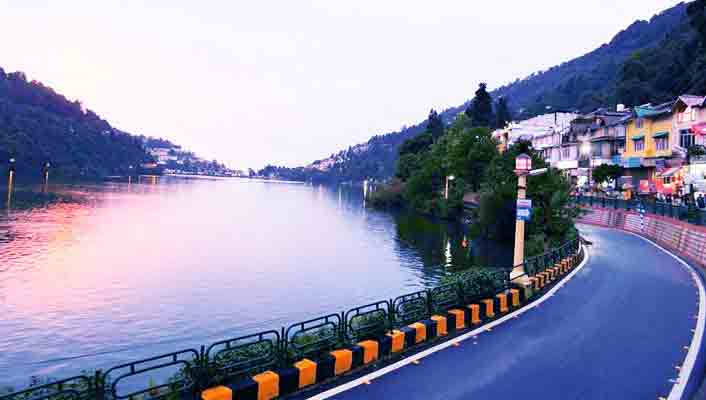
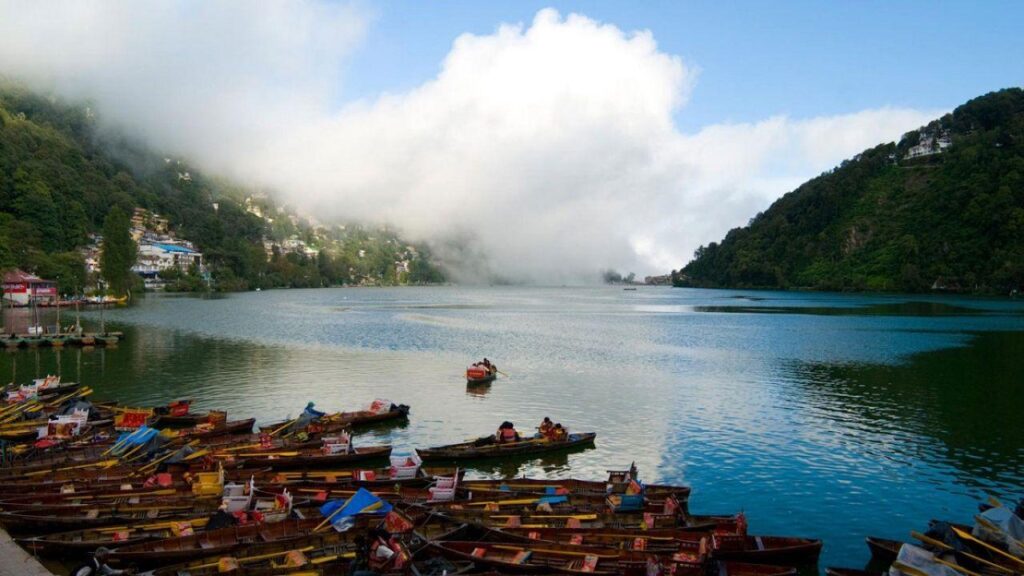
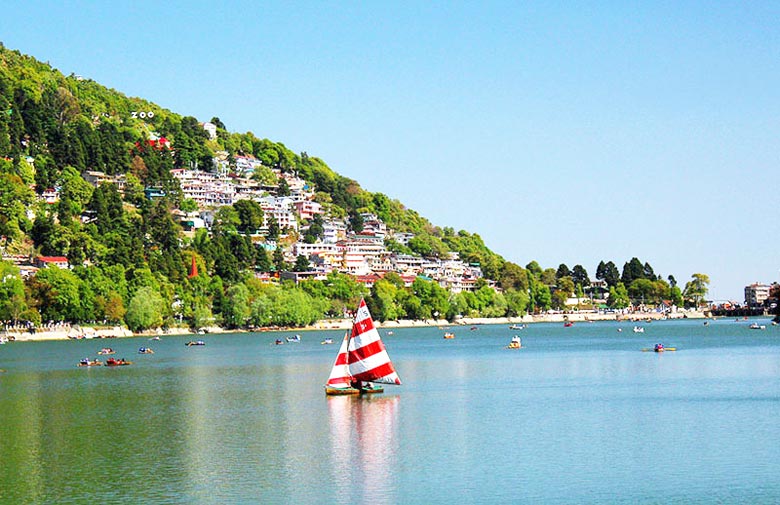
Nainital
The Lakecity❤️️
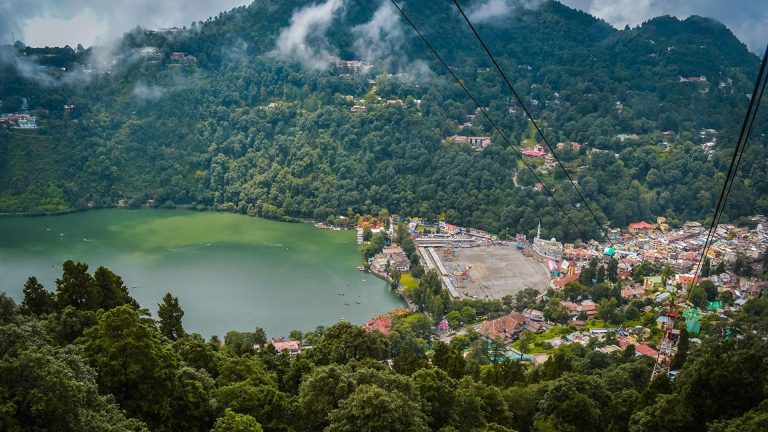
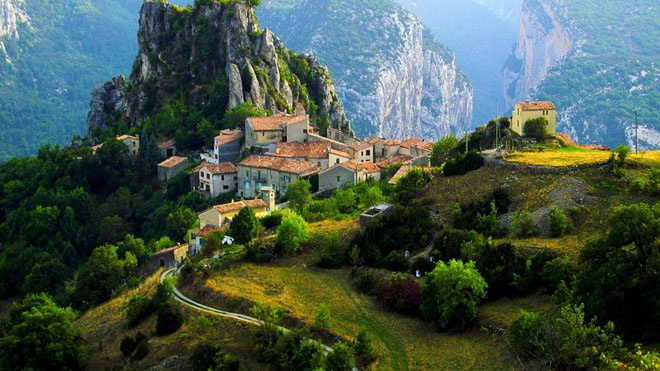

Commonly known as the “Lake District of India”, Nainital is one of the most beautiful hill stations in North India. Surrounded by mountains on three sides Nainital is located around the beautiful lake Naini Tal. This lake resort is situated at a height of 1,938 meters. There are many legends associated with the place. According to one, Nainital has derived its name from the Goddess Naina while the other legend says that when the Goddess Sati lost her eyes, she was being carried by Lord Shiva and a lake was formed. (‘Naina’ means eyes and ‘Tal’ means lake.) This beautiful small town in surrounded by seven hills, popularly known as ‘Sapta-Shring’ – Ayarpata, Deopata, Handi-Bandi, Naina, Alma, Lariya-Kanta and Sher-Ka-Danda. The majestic mountains and the sparkling waters of the lake add an immense lot to the beauty of the town.
Commonly known as the “Lake District of India”, Nainital is one of the most beautiful hill stations in North India. Surrounded by mountains on three sides Nainital is located around the beautiful lake Naini Tal. This lake resort is situated at a height of 1,938 meters. There are many legends associated with the place. According to one, Nainital has derived its name from the Goddess Naina while the other legend says that when the Goddess Sati lost her eyes, she was being carried by Lord Shiva and a lake was formed. (‘Naina’ means eyes and ‘Tal’ means lake.) This beautiful small town in surrounded by seven hills, popularly known as ‘Sapta-Shring’ – Ayarpata, Deopata, Handi-Bandi, Naina, Alma, Lariya-Kanta and Sher-Ka-Danda. The majestic mountains and the sparkling waters of the lake add an immense lot to the beauty of the town.
Nainital has an advantage of being situated in vicinity of several other lesser known hill stations that are connected through all season motorable roads.Vantage points around Nainital offer a panoramic view of Himalayan peaks on one side and the plains spread out on the other. Narrow wooded lanes through forests of oak, pine and deodar are excellent for short refreshing walks. The older parts of Nainital also retain colonial vestiges, including sprawling bungalows, public schools, churches and the old Christian cemetery.
On reaching the head of the town where the highway from the plains meets the main Mall at Tallital, one gets a dramatic view of the beautiful Naini Lake that seems to be nestled in a remote cocoon. Brightly coloured sails of yachts dot the calm waters of the lake while crowds of holiday makers throng the Mall at its edge. Boating in the lake is just one of the favourite activities of the tourists. Others come here for trekking in the densely forested mountains that surround the town.
DEEP INTO HISTORY
Nainital is referred in the ‘Manas Khand’ of the ‘Skanda Purana’ as the Tri-Rishi-Sarovar, the lake of the three sages, Atri, Pulastya and Pulaha who were reputed to have arrived here on pilgrimage and penitence. Finding no water to quench their thirst dug a hole and siphoned water into it from the sacred Mansarovar lake in Tibet.
The second mythological reference to Nainital is as one of 64 ‘Shakti Peeths’. Legend says that Sati, the consort of Shiva consigned herself to the sacrificial fire when her father Daksha insulted her lord. In grief, Shiva danced the tandava with the lifeless body of Sati, until Vishnu cut it into bits scattering it all over the land. It is said that the left eye (Nain) of Sati fell here. Consequently it turned into the patron deity of town Nainital. It is said that the lake is formed in the shape of an eye. Naina Devi temple is located at the northern end of the lake.
According to recent historical records, Nainital was discovered by a British sugar merchant P. Barron in 1839. He was so deeply enthralled by the lake settlement and its forested surrounding that he came back with a sailing boat and built a house named ‘Pilgrim’s Cottage’. Thus started the process of settlement in this once secluded mountain resort, with colonial villas and promenades coming up one after the other. Soon, it became an important administrative town as well, with the summer capital of the erstwhile United Provinces being set up here.
A major landslide in 1880 led to the formation of the flats, the level ground by the lake. Torrential rains resulted in a devastating landslide that destroyed several buildings including the Victoria Hotel at the north end of the lake near Mallital. The area was later levelled out and became a popular meeting ground and sports area. Known as The Flats it is now also used for parking vehicles during the peak tourist season.
Prior to 1839, the valley was covered by thick forests and inhabited by hill tribes. The main attractions of Nainital range from quiet walks in meadows the forests of pine and deciduous trees to adventure sports (rock climbing, yachting etc.) to popular entertainment.
BEST TIME TO VISIT
Nainital in the Kumaon hills maintains pleasant weather throughout the year except the winter months. The temperature is mild at any time but in winters it becomes very cold. The climate of Nainital is regulated by the lake here which showers rain almost every afternoon. The best time to visit the place is between April to June and then again in September and October. The months of January to March are marked by snowfall. Equipped with right clothing, this unique hill resort can otherwise be visited any time of the year.

At Tiago Holidays, we invite you to discover the extraordinary. As a dynamic and rapidly growing travel portal in India, we specialize in curating exceptional journeys. From romantic Honeymoon packages to thrilling Jim Corbett tours, enchanting Nainital getaways, spiritual Chardham yatras, and an array of Domestic Destination packages, we offer a diverse range of experiences to cater to all your travel desires.
Contact Us
B- 268/5, Durgapuri Extension, New Delhi, Delhi 110093
215-217 Nand Plaza, Garh Rd, Meerut, Delhi - NCR 250002
406, Unchapul, kathgodam road, Haldwani, Uttarakhand 263139
Payment Methods
